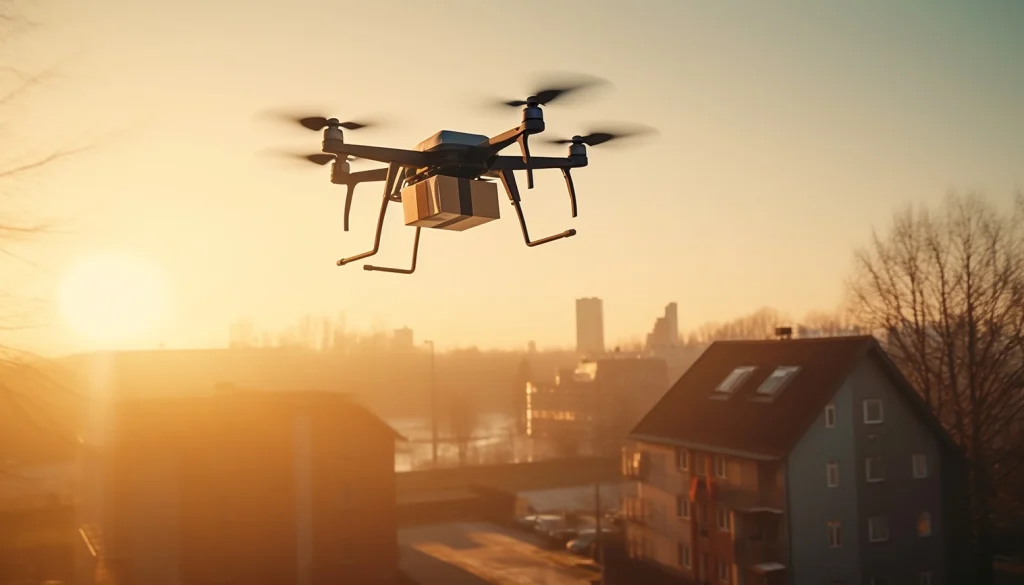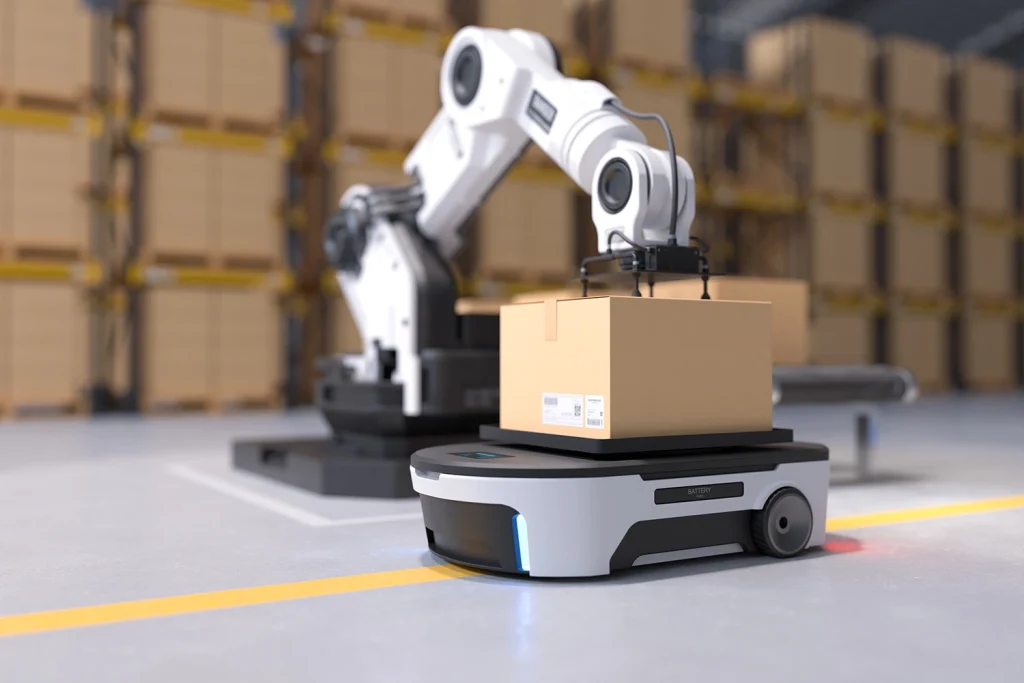Behind the Scenes: Building Our Proof of Concept

A Step by Step learning experience
In the world of robotics, every great innovation starts with a vision, but turning that vision into reality requires meticulous planning, creativity, and a lot of hard work. At Docking LLC, we’re at the exciting stage of bringing our concept to life—a carrier vehicle designed to revolutionize how autonomous robots operate. In this blog post, we take you behind the scenes to explore the journey of building our Proof of Concept (PoC), the challenges we’ve faced, and the milestones we’re proud to have achieved.
The Vision: Why a Proof of Concept?
Before diving into the technicalities, it’s important to understand why we prioritized creating a PoC. Our autonomous robot carrier vehicle aims to solve significant limitations faced by traditional robot fleets—limited operational reach due to stationary charging and short battery life. The PoC is our first step in demonstrating the feasibility of our solution, validating the core technology, and setting the stage for future development.
Step 1: Defining the Core Features
Building our PoC started with a clear definition of what we needed to prove. The focus was on two main aspects:
Autonomous Docking and Charging: A key feature of our carrier vehicle is its ability to autonomously dock with other robots and provide on-the-go charging, enabling continuous operations without manual intervention.
Mobility and Adaptability: The carrier needed to navigate various terrains and adapt to different operational scenarios, whether in a warehouse, an agricultural field, or a search-and-rescue mission.
By narrowing down these features, we ensured that our PoC would effectively demonstrate the core benefits of our technology.
Step 2: Assembling the Right Team
Creating a PoC is as much about people as it is about technology. We brought together a multidisciplinary team of engineers, designers, and software developers, each contributing their expertise to different aspects of the project. Collaboration was key—we held regular brainstorming sessions, design reviews, and technical workshops to ensure everyone was aligned on the project’s goals.
Step 3: The Build Phase
With the core features defined and the team in place, we moved into the build phase. This stage was all about turning ideas into tangible prototypes.
Hardware Development: Our engineering team focused on designing the physical chassis of the carrier, selecting materials that would provide durability while keeping the weight manageable. Simultaneously, the electronics team worked on integrating sensors, motors, and other components necessary for autonomous operation.
Software Integration: On the software side, our developers began coding the algorithms that would allow the carrier to navigate, dock with other robots, and manage power distribution. This involved significant testing and iteration, as the software needed to function seamlessly with the hardware.
Step 4: Testing and Iteration
No PoC is complete without rigorous testing. We ran our prototype through a series of real-world scenarios to evaluate its performance. This included testing in various environments to ensure the carrier could handle different terrains and operational conditions. Every test provided valuable insights, leading to iterations and refinements.
One of the key challenges we faced was ensuring reliable docking in less-than-ideal conditions, such as low visibility or uneven ground. Through persistent testing and refinement, we developed a robust docking mechanism that could function reliably in a wide range of scenarios.
Step 5: Documenting and Preparing for the Next Phase
As we near the completion of our PoC, we’re meticulously documenting every aspect of the process. This documentation will not only be crucial for internal knowledge sharing but also for future fundraising efforts, as it provides tangible evidence of our progress and the viability of our technology.
We’re now preparing to transition from PoC to Minimum Viable Product (MVP), where we’ll expand on the capabilities demonstrated in the PoC and begin broader testing with potential users.
Conclusion
Building our Proof of Concept has been a challenging yet incredibly rewarding journey. It’s the first step in a much larger mission to revolutionize how autonomous robots operate across various industries. As we move forward, we’re excited to continue pushing the boundaries of what’s possible, and we can’t wait to share more updates with you as we progress.
Thank you for following along on our journey. Stay tuned for more behind-the-scenes insights as we advance to the next phase of our project!
About Energize
Docking is a startup aiming to be at the forefront of the autonomous robotics revolution. Based in Daytona Beach, Florida, we are a pioneering startup specializing in the development of advanced autonomous systems, with a particular focus on developing docking technologies for robotic swarms in motion. This innovative technology is designed to offer logistical advantages in various industries, improving the interactivity and operability of robotic systems in uncontrolled environments.
Our mission is to transform sectors such as logistics, agriculture, search and rescue, security, and mining by providing innovative and scalable solutions that enhance efficiency, safety, and sustainability. We believe in the power of cutting-edge technology to create a smarter and more automated future.

